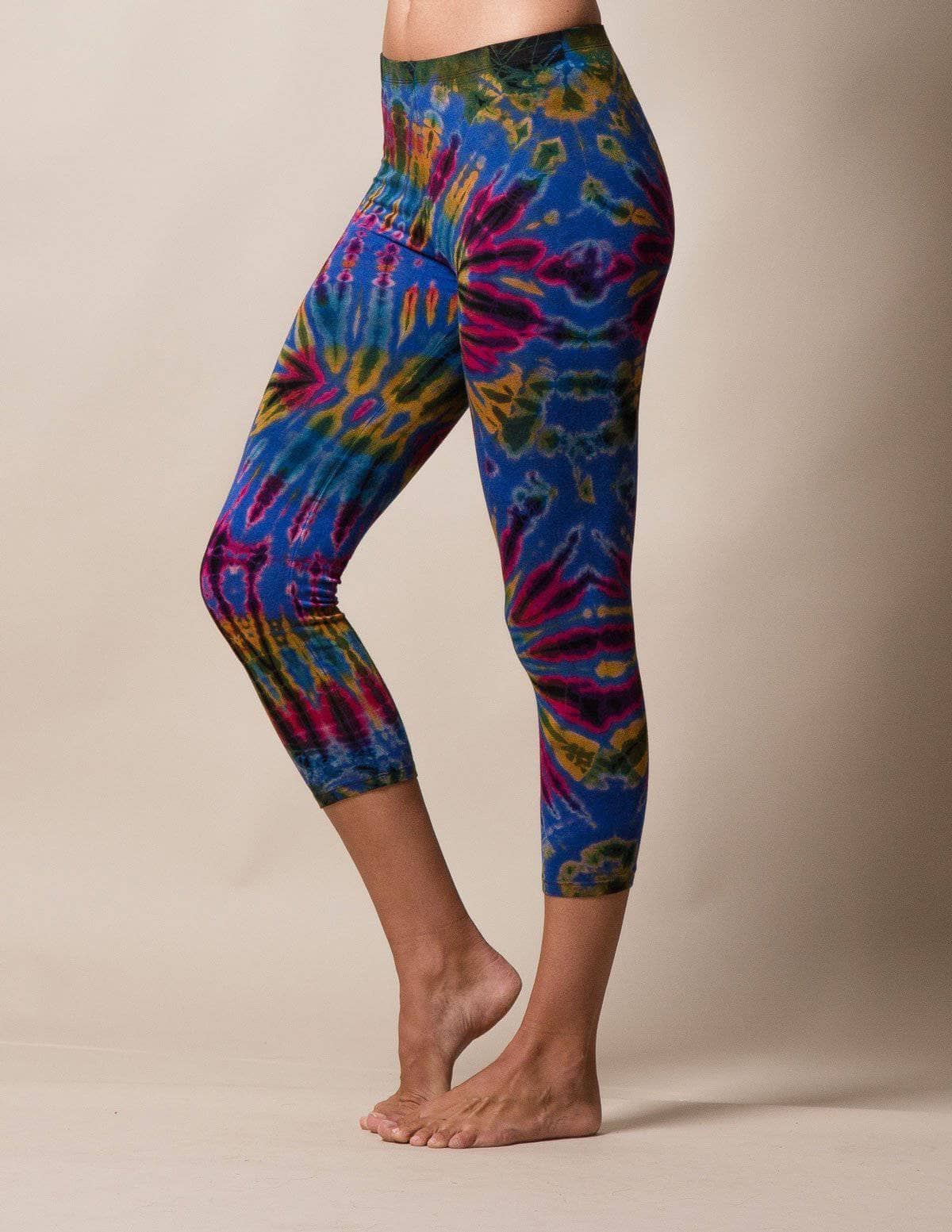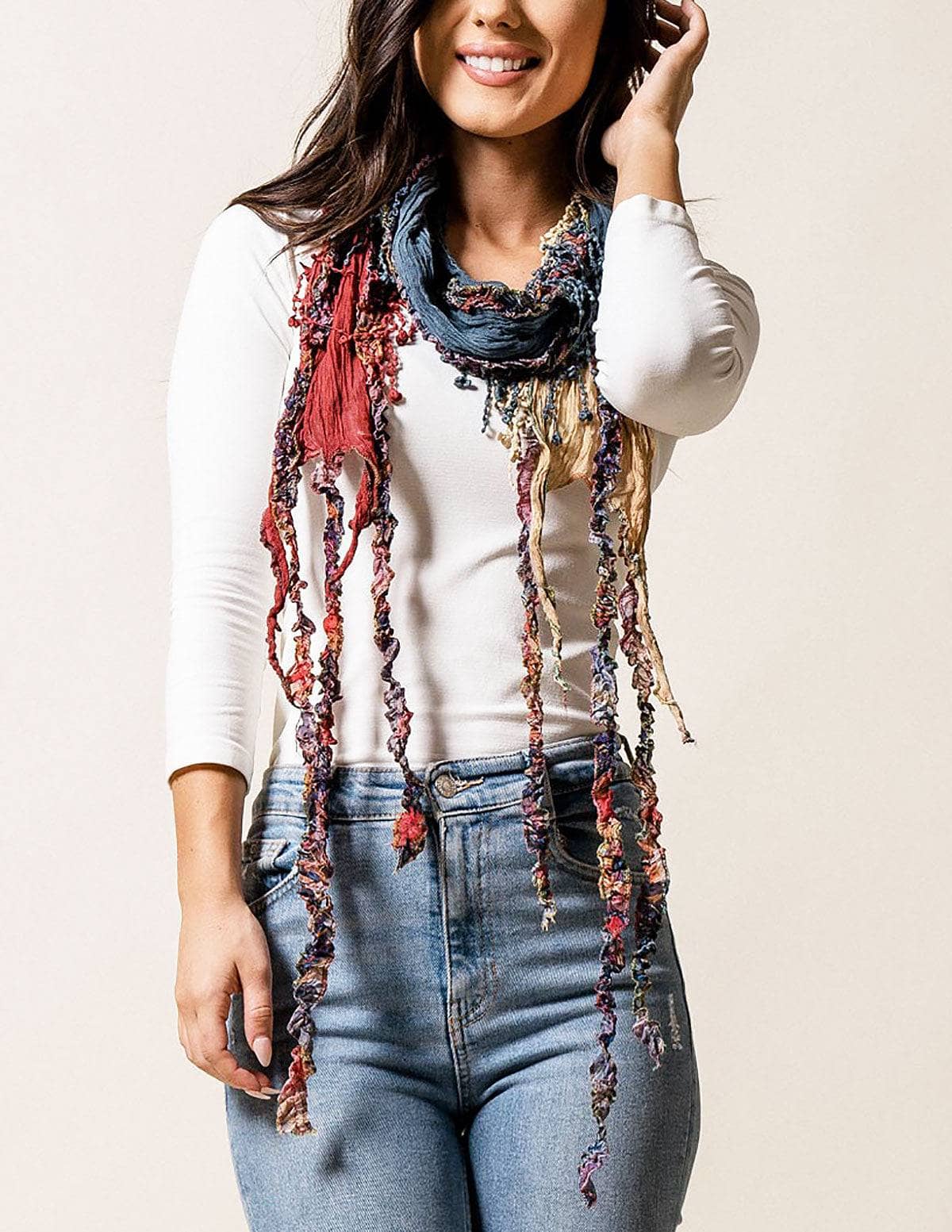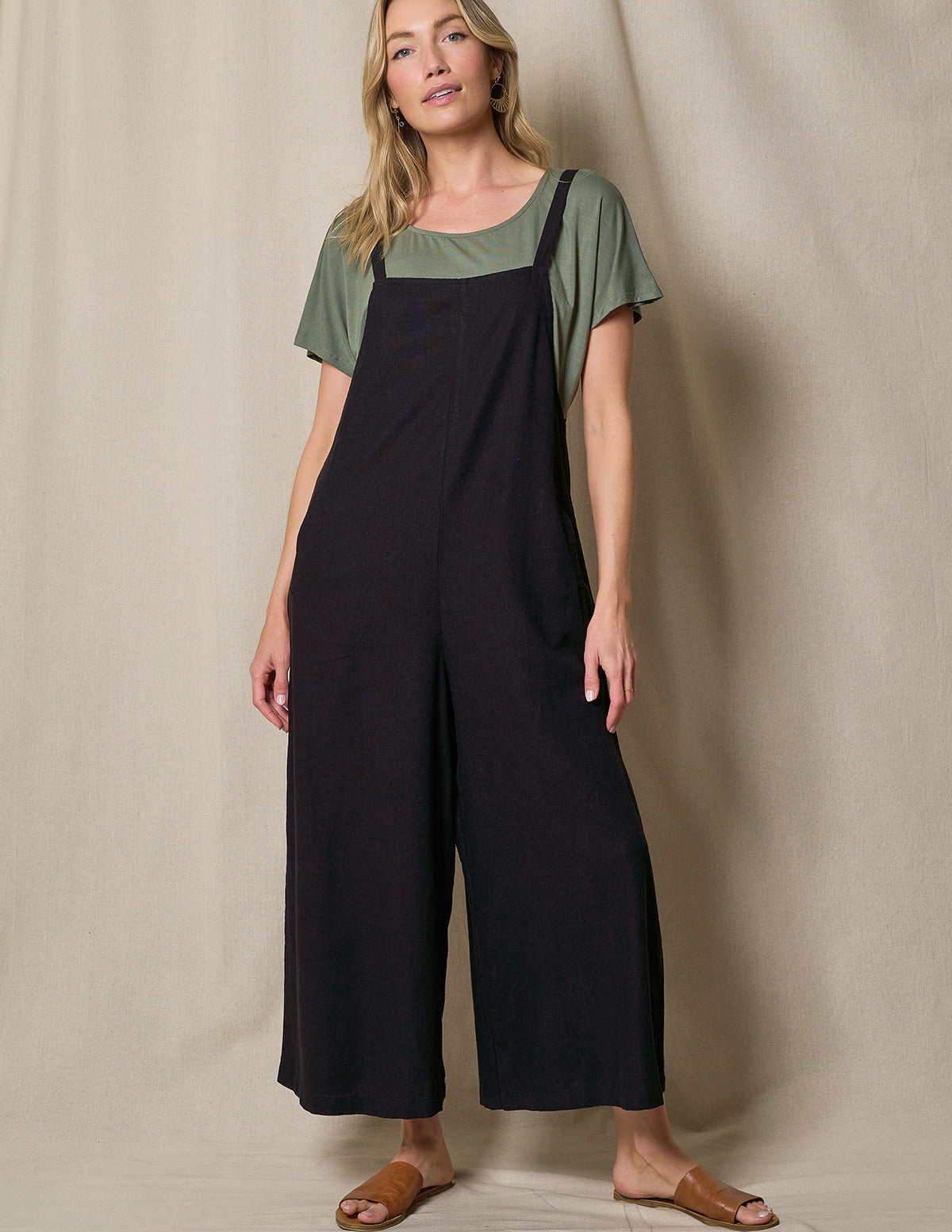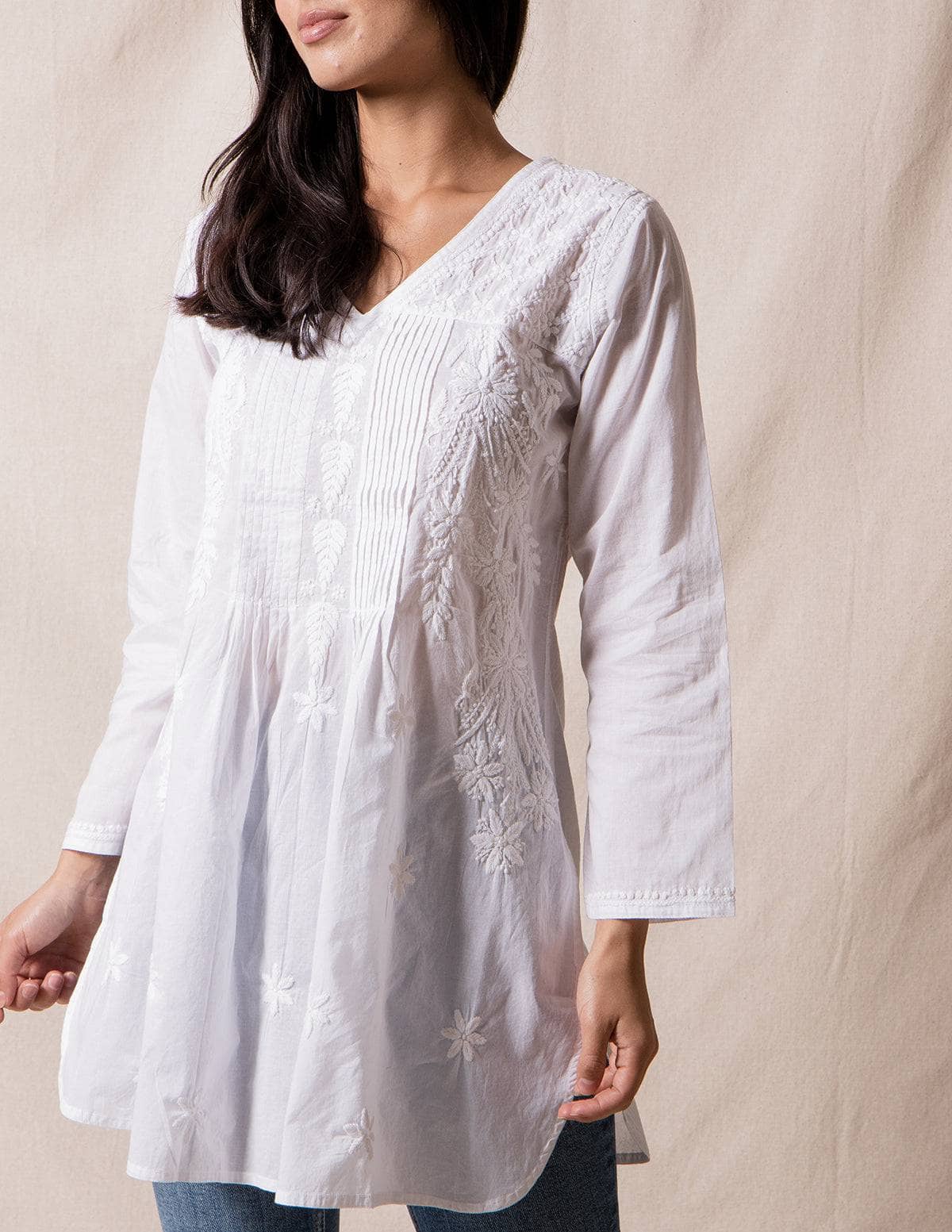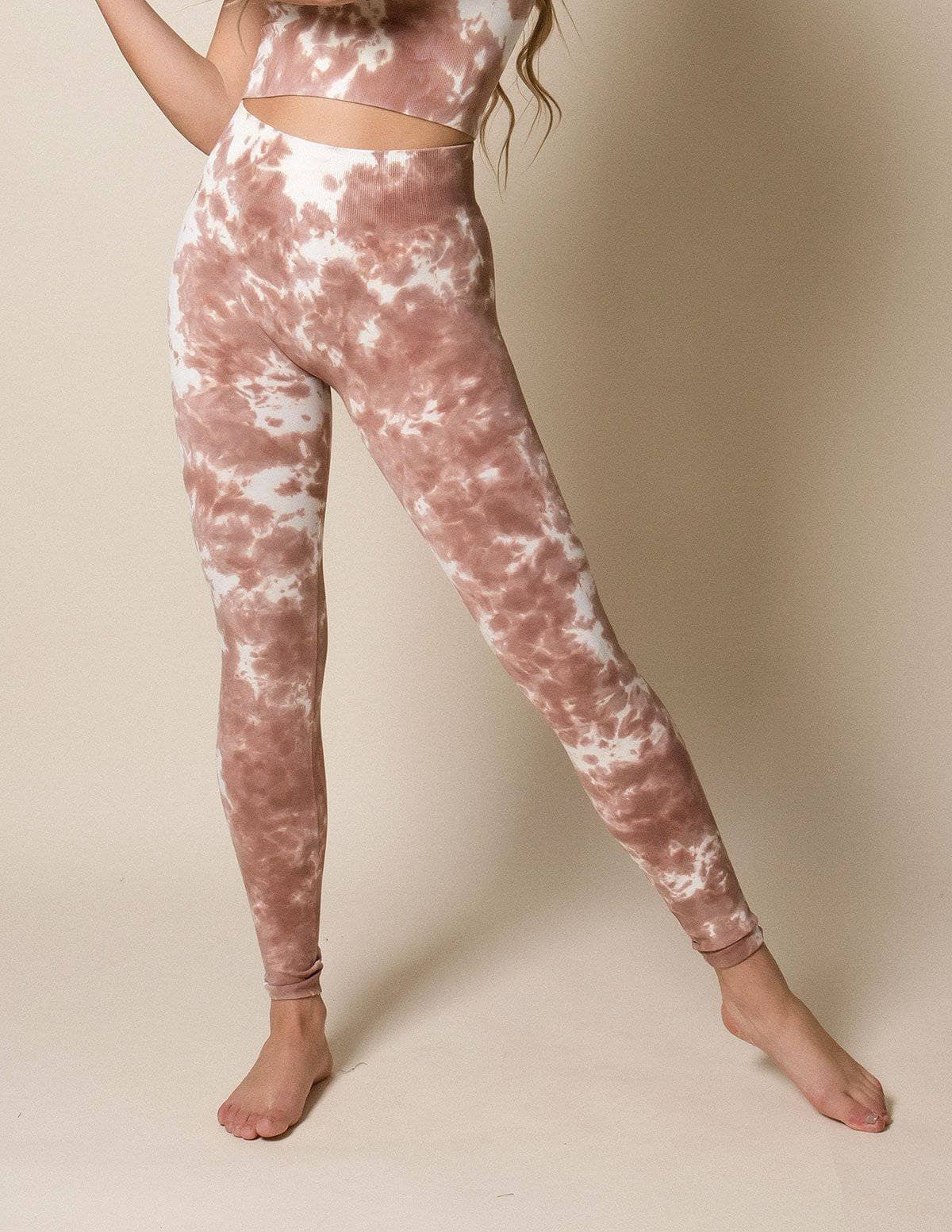
Copper jewelry has a certain aesthetic that pulls people in. With its gorgeous red-gold hue and its spiritual shine, it's no wonder that copper has adorned the wrists, necks, and ears of people for centuries. But keeping that copper surface shiny and bright can take a little TLC and copper jewelry owners should be in the know about copper oxidation. From copper roofs to copper blocks and even impressive copper structures like the Statue of Liberty - over time, you may notice that these copper objects turn from red and gold to green. This green color is the process of oxidation and is a natural process that affects all kinds of metals. This green kiss tells a story of your coppers life journey and whether you want to embrace the green patina or do your best to prevent it, understanding it better can help.
Understanding Copper Oxidation
What is Oxidation?
Copper oxidation is a completely normal chemical reaction where the copper reacts with other external elements. This can be anything from exposure to air and moisture to the natural oils in your skin. This creates copper oxide on the surface of the metal. This copper layer often has a brown color or a green color, which is known as patina. You may think this is problematic for your copper, but it's not; whereas the process of rust on the iron will weaken the metal, copper oxidation (patina) can actually protect your copper by making it more resilient.
The Patina Effect on Copper
The patina can change the color of copper (on the surface, at least) as it gives your copper a greenish or blueish layer. The patina effect is a natural part of the copper aging process; even brass and bronze will go through a similar process. The dictionary definition of patina is as follows;
a green or brown film on the surface of bronze or similar metals produced by oxidation over a long period.
Factors Influencing Oxidation Rate

There are many factors that can have an impact on how quickly your copper oxidizes. This ranges from the environment your copper jewelry finds itself in, how well you care for it and your regular cleaning routine, and even your lifestyle choices. We take a look at some of the things that will impact the oxidization process of your copper.
Environmental Exposure
Undoubtedly, one of the biggest factors that speed up the change in the original copper color comes down to the environment. If your copper jewelry is exposed to moisture, high humidity, or even has a direct impact with water, then you will see a speedier oxidation process. If you want to slow down this reaction of copper to moisture, then you should be sure to take your copper jewelry off when swimming or showering. Temperature can also impact the stage of oxidation as warmer air temperatures encourage the movement of oxygen molecules, which leads to faster interaction times with the copper. Air pollution can also encourage the patina on copper to form quicker as the exposure to sulfur compounds reacts with the copper and causes copper sulfides.
Physical Contact and Care
It's not only the world outside that impacts your copper collection but also your own body and your care routines. The surface of copper reacts to the natural oils within your skin, so wearing moisturizers, perfumes, and generally just wearing your copper pieces all day will contribute to a quicker stage of oxidization. Excessive handling will also encourage the transfer of dirt, oils, and other substances to the surface of the copper.
Typical Timeline for Copper Jewelry Oxidation
The timeline for copper to show a green or blue patina due to oxidation can vary depending on environmental and contact factors. Naturally, it can take anything between several months and several years for the copper to change from its original color, and again, this will also depend on exposure, the age of copper, the temperature range, and handling.
Accelerating Oxidation for Aesthetic Purposes

Some people love the look of the patina on copper as it gives it character and the appearance of being an antique. Others may want to speed up the oxidation process so their copper jewelry enjoys a protective layer. If you want to shift the natural color of your copper, you don't have to wait for time to do it for you; there are home DIY methods for advancing the stage of oxidization.
DIY Oxidation Methods
Vinegar and Salt Solution:
-
- Mix equal parts white vinegar and table salt in a container.
- Soak the copper jewelry in the solution, ensuring it is fully covered.
- Let the jewelry sit for at least 30 minutes to an hour, depending on how oxidized you want it to be.
- Check the jewelry periodically and remove it when the desired patina is achieved.
- Rinse the jewelry thoroughly with water.
- Pat dry with a clean cloth.
Egg Method
-
- Peel a couple of hard-boiled eggs and cut them into halves.
- Place the egg halves and the copper jewelry in an airtight container.
- Let the container sit for several hours or overnight.
- Remove the jewelry and gently clean it with sandpaper or steel wool to enhance the patina.
- Rinse the jewelry thoroughly with water and dry it with a clean cloth.
Safety and Precautions
The DIY methods mentioned for encouraging oxidation are safe and easy, as both are natural methods that steer away from the use of chemicals. However, you should always use gloves when working with anything that can irritate the skin. There are chemical solutions and special sprays out there that can speed up the oxidation process. If you are using chemicals or solutions to achieve oxidation, make sure that you work in a well-ventilated area to avoid inhaling fumes. You should also take precautions if you are using chemicals in spray bottles as this can get into the eyes and cause irritation - wearing protective goggles is also recommended.
Preserving and Caring for Oxidized Copper Jewelry
For those who love the antique and utterly unique look of patina on their jewelry, there are ways to care for your pieces and clean copper without diminishing the gorgeous blue and green coloring.
The first thing to note is that your oxidized copper jewelry may require cleaning still but if you go too heavy or hard on the cleaning, it may remove the oxidation. Using a touch of mild soap with warm water and a very soft toothbrush or gentle cloth is the best way to remove excess dirt and grime. Avoid using salt, lemon, or any kind of abrasive material that runs the risk of scratching the patina on the surface of copper. You may also want to avoid polishing copper jewelry as this can remove the patina.
You may also want to consider storing your oxidized copper jewelry in an anti-tarnish bag or alternatively, you can also wrap your jewelry in individual soft cloths to avoid them knocking against and scratching each other.
For those who want to slow down the copper oxidation process or remove it from their jewelry, you may need to reduce your wear. Taking your jewelry off when the weather is humid or avoiding getting your jewelry wet will help slow down the oxidation process. You can also apply a protective coat of clear nail varnish to the inside of your copper bracelets, which will create a surface coat barrier between your skin and the copper. This will prevent natural skin oils from mixing with copper and will also stop the green patina from leaving its natural residue on your skin.
FAQs
Can I stop my copper jewelry from oxidizing?
If you want to prevent your copper jewelry from oxidizing, you can use sealants and storage to slow down this process. Sealing your copper with a specially formulated sealant or even using clear nail varnish can help protect the original copper from overexposure to air and moisture.
How can I restore the original shine of oxidized copper jewelry?
If you want to bring back shine to your oxidized copper jewelry while still keeping the patina, you can use gentle cleansing methods. Using methods like gentle soap, warm water, and a soft cloth can help clean dirt and debris. The soft cloth is a great tool for bringing your piece to a buff shine. You should avoid using abrasive cleaners and lemon or salt, as these can strip the patina from your copper jewelry.
Is oxidized copper jewelry safe to wear?
Yes, oxidized jewelry is safe to wear as it is a normal process that is simply a chemical reaction of the copper meeting air or moisture. Sometimes oxidized copper jewelry will also leave a green patina residue on your skin, but again, this is completely normal and nothing to worry about.














